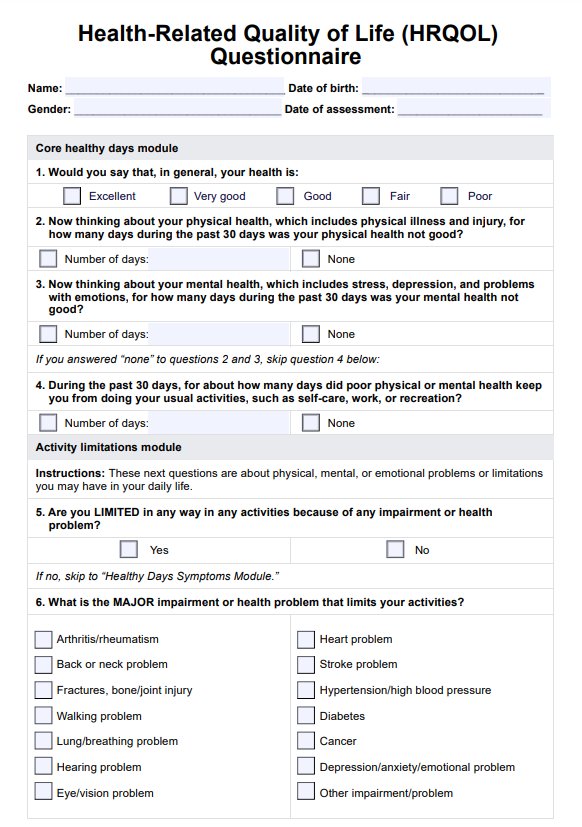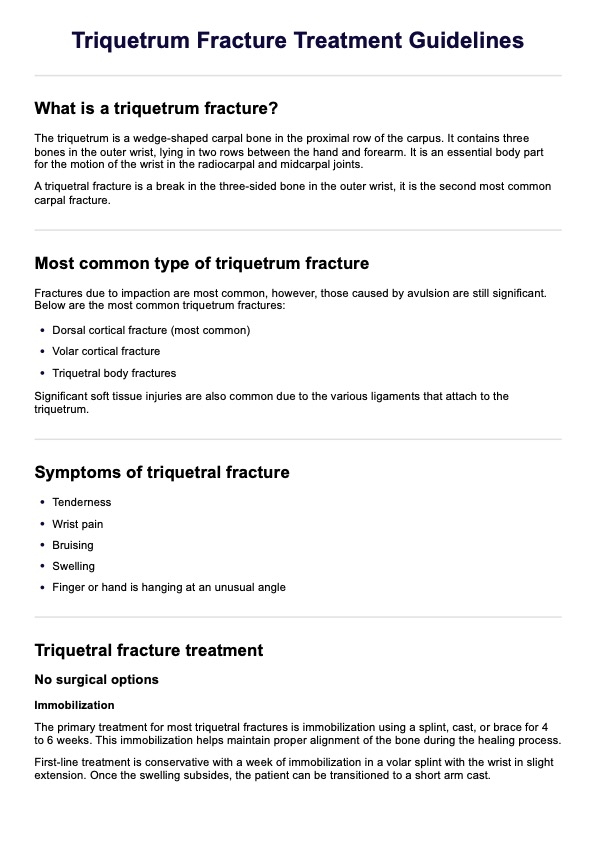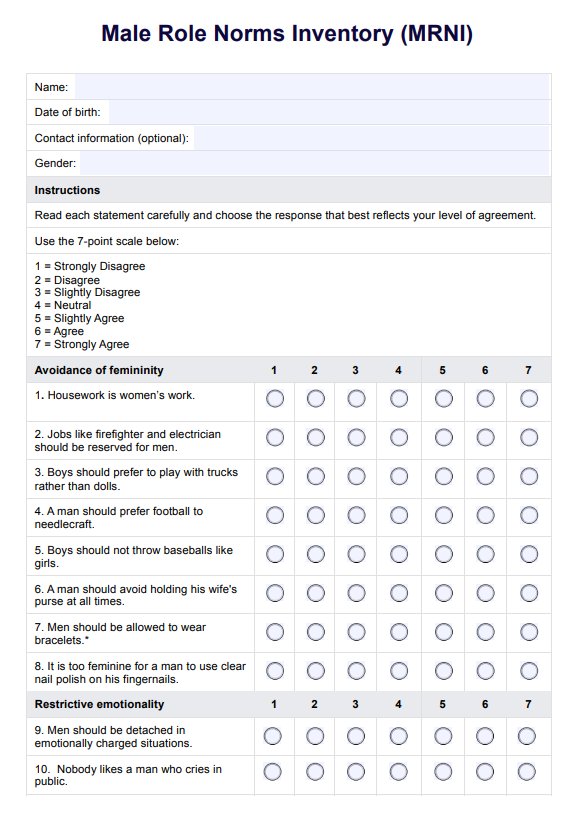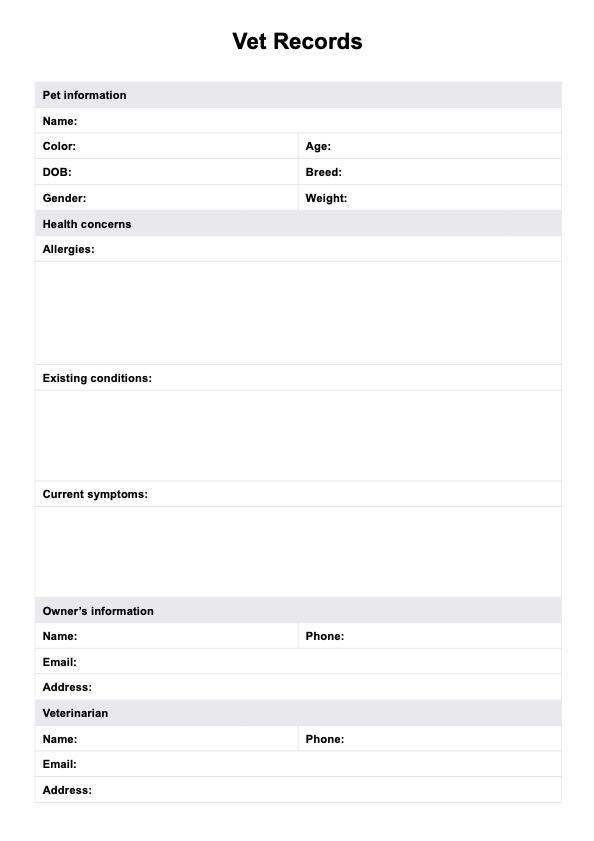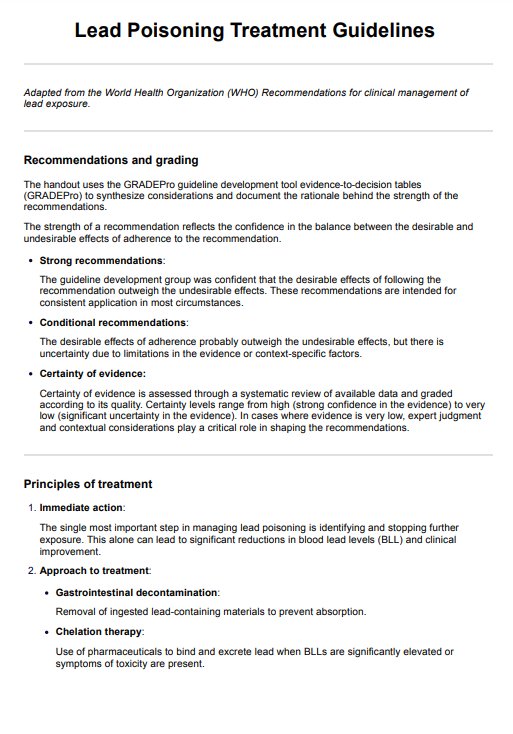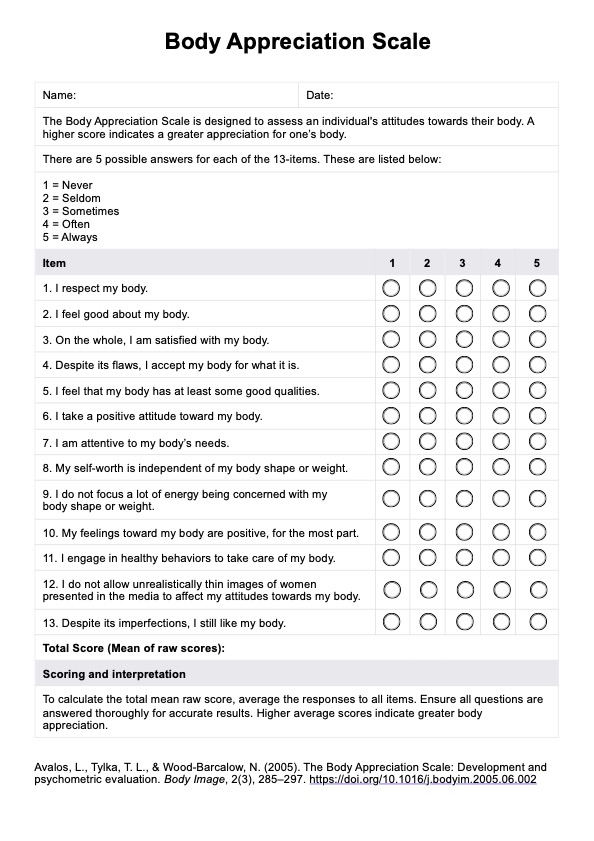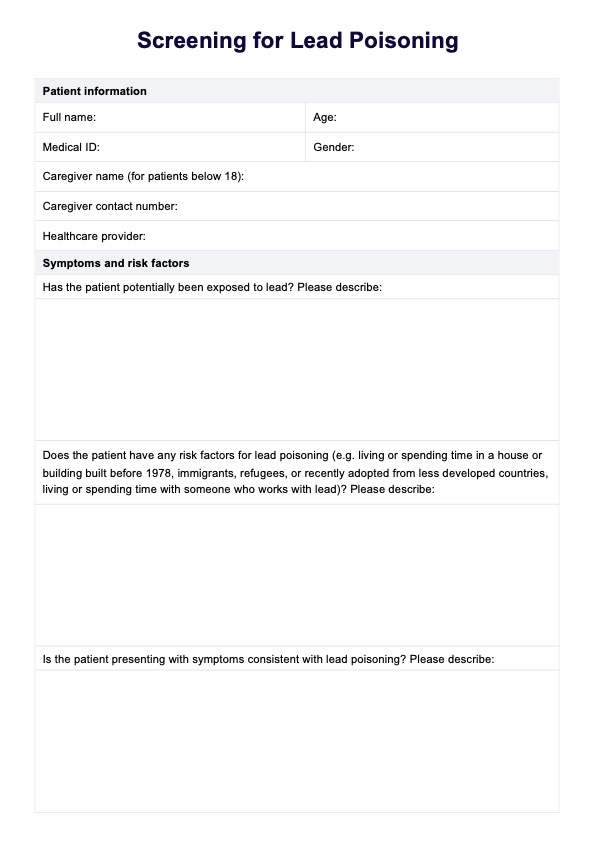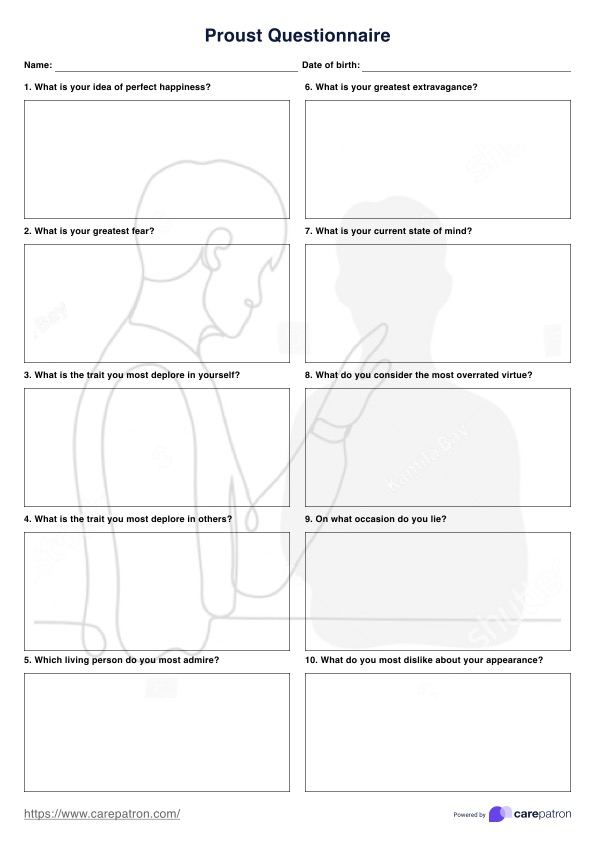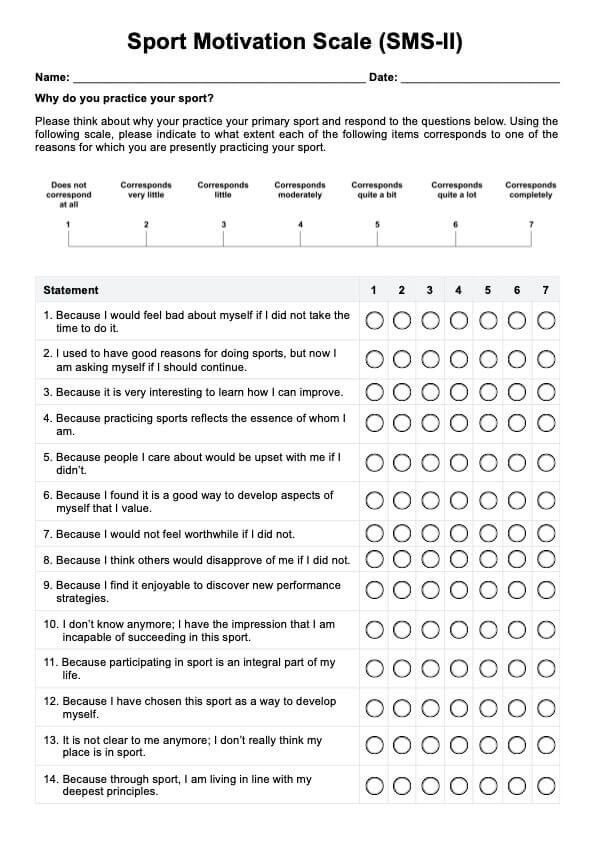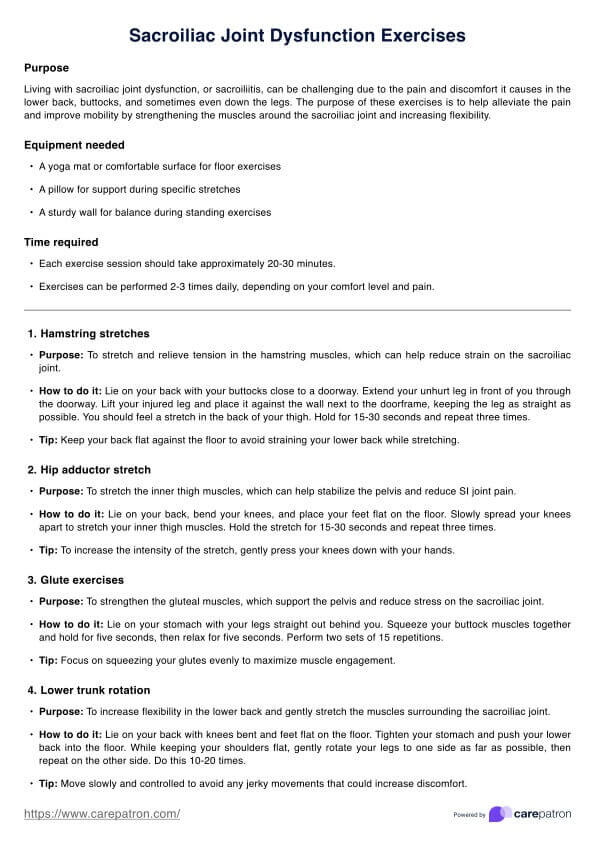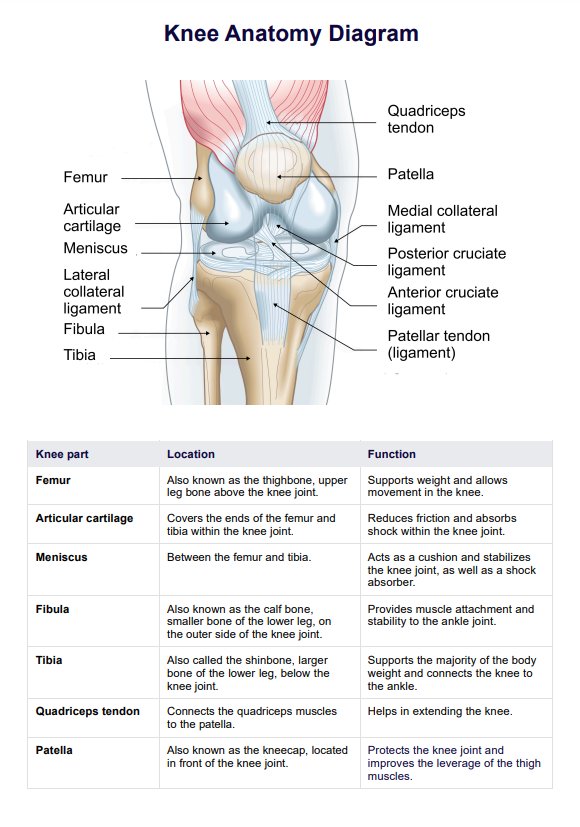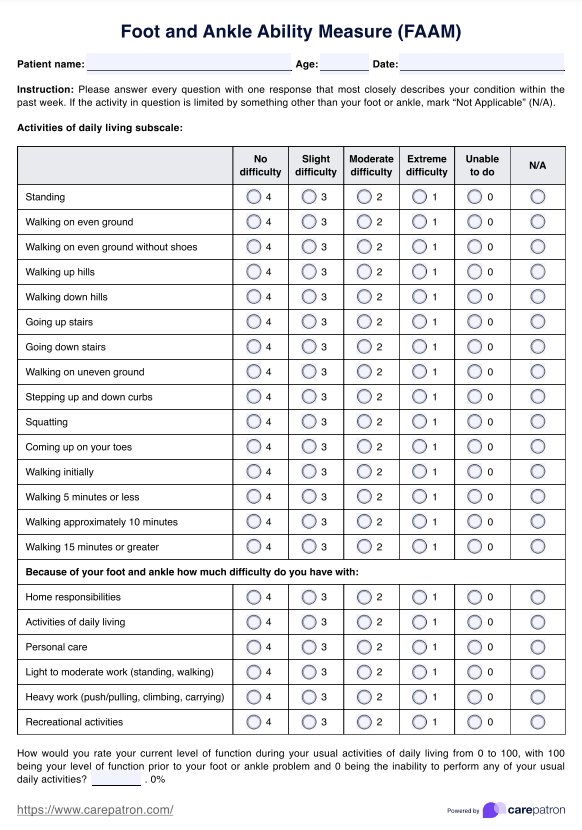Pediatric IV Fluid Guidelines
Learn about IV fluid management for pediatric patients. Download a free Pediatric IV Fluid Guidelines handout here.


IV fluids and children
Intravenous (IV) fluids are a crucial aspect of pediatric care, especially in children and young people who are dehydrated or unable to take oral hydration. IV fluids are the fastest way to replace lost body fluids and essential electrolytes, making them an invaluable tool in managing dehydration in children.
These fluids are administered directly into a vein through a thin tube called an IV catheter. They can contain various combinations of water, electrolytes, sugars, and other essential nutrients depending on the child's specific needs.
IV fluids are commonly used in children for a variety of reasons, including but not limited to dehydration due to diarrhea or vomiting, severe infections such as sepsis, surgery or medical procedures that require fasting, and chronic medical conditions like kidney disease.
In order to properly administer IV fluids to children, healthcare providers must consider several factors such as the child's age, weight, fluid and electrolyte requirements, underlying health conditions, and any medications the child may be taking. It is crucial to carefully monitor the child's vital signs and fluid intake while on IV fluids to ensure proper hydration and avoid complications such as electrolyte imbalances.
Pediatric IV Fluid Guidelines Template
Pediatric IV Fluid Guidelines Example
Pediatric IV Fluid Guidelines
Pediatric IV Fluid Guidelines are recommendations for the use and management of IV fluids in children. These guidelines are important because children have unique physiological differences compared to adults, making their fluid needs different as well.
Proper management of IV fluids can help prevent complications and improve outcomes in pediatric patients. Our template contains guidelines based on the work of Kight and Waseem (2023). This document will provide an overview of the key points and recommendations from their work.
Kight and Waseem's work underscores the critical importance of prompt intravenous fluid administration for signs of inadequate perfusion and offers detailed treatment recommendations based on the severity of dehydration. For mild to moderate cases, oral rehydration is preferred, whereas severe dehydration or shock requires IV fluids.
The guidelines also provide various enteral hydration methods and appropriate fluid solutions. Treating dehydration involves correcting fluid deficits, maintaining fluid balance, and replacing ongoing losses. Isotonic solutions and fluid boluses are advised for volume depletion, with regular re-evaluations. For children not consuming enough calories, dextrose is included.
These guidelines are just a general overview of pediatric IV fluid management, and it is crucial to note that each patient's individual needs may vary. The American Academy of Pediatrics has also released the Clinical Practice Guideline: Maintenance Intravenous Fluids in Children in 2018, which is more specific to maintenance fluids. Healthcare professionals can refer to this specific guideline for the management of maintenance intravenous fluid administration.
How to use our IV fluids pediatrics guidelines template?
Carepatron's free Pediatric IV Fluid Guidelines is free and easy to use. Here's how to get started:
Step 1: Download the handout
Get a copy of the Pediatric IV Fluid Guidelines handout from our website. It's also available via the Carepatron app.
Step 2: Familiarize yourself with the guidelines
Take some time to read through the guidelines and familiarize yourself with them. This will help you understand the reasoning behind each recommendation and how they can be applied in different clinical situations.
Step 3: Use for patient's family education
Utilize the guidelines as a resource for patient education. The handout is designed to be easily understood by parents and guardians, and can be a valuable tool for explaining the rationale behind IV fluid therapy for their child.
Step 4: Save and share with colleagues
Save a copy of the guidelines on your computer or print it out for easy reference. You can also share the guidelines with your colleagues to promote standardization and consistency in pediatric IV fluid therapy.
Step 5: Refer back to the guidelines as needed
As you encounter different cases and clinical scenarios, refer back to the guidelines for guidance on appropriate IV fluid therapy management. The guidelines are meant to be a helpful resource that can assist in decision making and improve patient outcomes.
How can healthcare practitioners benefit from this template?
Using our Pediatric IV Fluid Guidelines template offers numerous benefits. It ensures a standardized approach, leading to consistent, high-quality care and more reliable patient outcomes.
The guidelines help reduce risks such as hyponatremia and fluid overload through precise instructions on fluid type, volume, and administration rates, which are crucial for pediatric patients. Improved safety is achieved by minimizing errors and adverse events.
The template also serves as an educational resource for less experienced clinicians, improving their understanding and competence in pediatric care. It promotes interprofessional collaboration by providing a common language and expectations, facilitating effective communication among healthcare professionals.
Additionally, the template can be adapted to meet local policies and patient needs, ensuring relevance and flexibility in various clinical settings.
Complications and interventions of intravenous fluid therapy
Ensuring patient safety and treatment efficacy in IV therapy requires understanding and managing common complications. Local complications include infiltration, signaled by pain, swelling, and redness, which can be managed by stopping the infusion, repositioning the catheter, and applying a warm compress.
Phlebitis, indicated by redness and swelling along the vein, can be addressed through aseptic techniques, site rotation, and warm compresses. Extravasation, characterized by severe pain and blistering, requires stopping the infusion, aspirating residual medication, and using compresses based on the medication type.
Systemic complications include fluid overload, evidenced by rapid breathing, elevated blood pressure, and edema, which can be managed by monitoring fluid intake/output, adjusting infusion rates, and administering diuretics.
Infection is signaled by redness, pain, fever, and systemic signs like chills. It necessitates sterile techniques during IV procedures, catheter removal if infection is suspected, site cultures, and appropriate antibiotic therapy. Proper training and vigilance can help healthcare professionals prevent these complications, ensuring IV therapy remains safe and effective.
Commonly asked questions
Intravenous fluids are indicated for routine maintenance, fluid replacement of fluid deficits, and fluid resuscitation in shock.
Maintenance intravenous rates are calculated using the Holliday-Segar formula based on the child’s weight.
Monitoring intake/output, electrolytes, and signs of fluid overload is critical to ensure safe and effective maintenance of intravenous fluid administration.
Yes, electrolyte abnormalities can occur in pediatric patients receiving IV fluids. This is why it is important for healthcare providers to carefully monitor the fluid and electrolyte balance of children who are receiving IV therapy. Electrolyte imbalances can lead to serious complications if left untreated.

.jpg)











